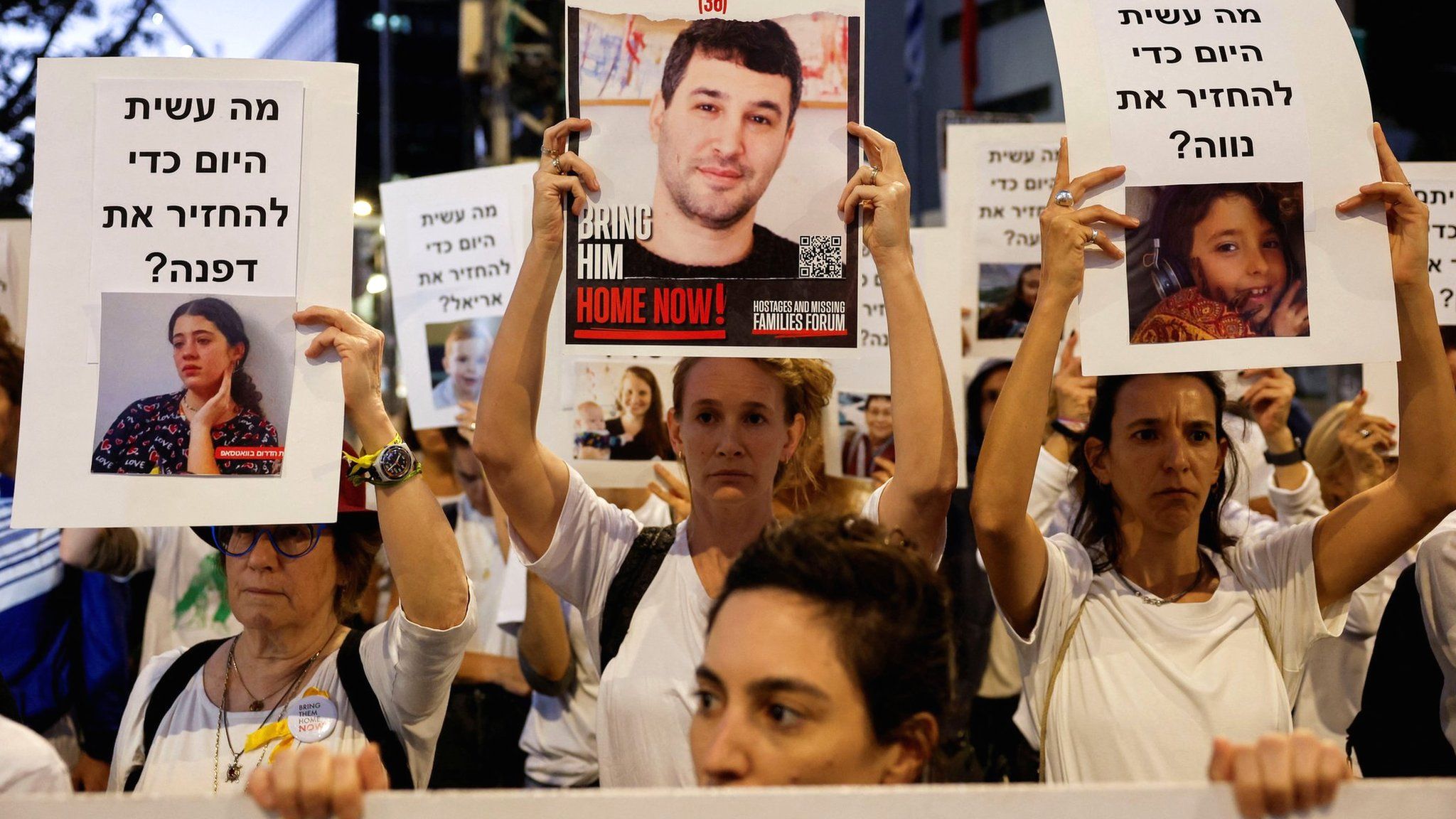-

-
-
Loading

Loading

After the attack on Israel in early October and the subsequent capture of around 240 hostages by Hamas, a secret cell was established to work on securing their release. The process, which lasted five weeks, involved coordination between intelligence agencies and high-level calls between presidents, according to a senior official from the US administration. As part of the negotiations, Israel and Hamas agreed to a four-day pause in the fighting, during which 50 Israeli women and children would be released in exchange for 150 Palestinian prisoners, also including women and children. The official explained how the breakthrough deal came about, with Qatar taking the lead and approaching Israel and the US with a proposal to establish a discreet and intensive team to address the issue. While Doha served as the main channel to Hamas, Egypt was also involved in the complex negotiation process. The first breakthrough occurred on October 23rd, when Hamas released two American women, which served as a test project to validate the approach. Following this, efforts were made to secure a larger release. Israel appointed David Barnea, the head of Mossad, as its negotiator, who regularly consulted with CIA chief Bill Burns to shape the deal. The negotiation process was long and challenging due to the need to relay messages between Doha or Cairo and Hamas in Gaza, while technical details regarding corridors, surveillance, timeframes, and total numbers were also painstakingly addressed. President Joe Biden played a direct and personal role in the negotiations, reaching out to the leaders of Israel and Qatar at critical moments. The US official explained that a hostage deal was seen as the only viable option to achieve a humanitarian pause in the fighting because Israel made it clear they would not halt their offensive for any other reason. The agreement includes the option to extend the suspension of hostilities if Hamas releases more hostages. The official expressed confidence that additional women and children would be released during the pause period. However, one sticking point arose when Hamas failed to clearly identify who would be included in the initial group of 50 hostages. President Biden intervened in a call with the Emir of Qatar and emphasized that this issue needed to be resolved. In mid-November, progress towards an agreement seemed promising, but then communications with Hamas suddenly went silent, causing a temporary halt in the negotiations. It was also around this time that Gaza faced a fuel shortage. When communication was eventually restored, further time was needed to bridge gaps in the highly detailed agreement due to Israel and America's deep distrust of Hamas. The official evaded questions about whether the hostage deal and the negotiation channel could lead to a resolution of the overall conflict. However, they emphasized that the efforts to secure the release of all hostages would continue and remain a top priority.